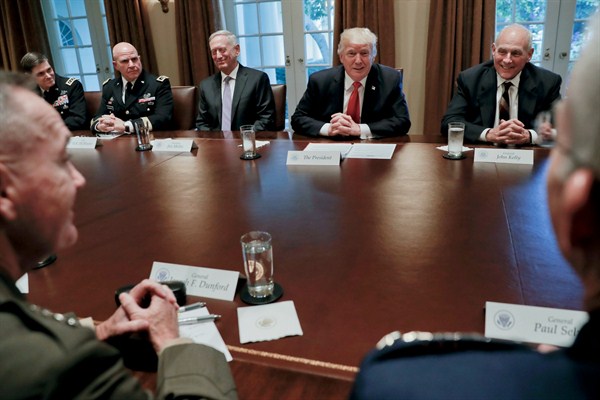Loading your audio article
This week, U.S. President Donald Trump released his inaugural National Security Strategy, or NSS. Since this document affects policy throughout the national security apparatus and helps explain the Trump administration’s priorities to the American public, Congress and the world, Washington’s national security experts immediately began dissecting it.
Some analysts and organizations aligned with the Trump administration argued that it was a bold reassertion of American leadership in the world. Others saw it as decidedly mainstream. James Stavridis, a retired admiral and now the dean of the prestigious Fletcher School of Law and Diplomacy, called the new strategy a “centrist” document that “could as easily have emerged from a Hillary Clinton White House.” Themes like “preserve peace through strength” and “advance American influence” were borrowed nearly verbatim from Ronald Reagan’s strategy documents.
The connection to longstanding traditions in American statecraft also applies to the major descriptor used by the strategy: “principled realism.” This seeks to place the strategy within the historical currents of American foreign and national security policy, particularly its tendency to blend different ways of approaching the world. While the phrase “principled realism” rolls nicely off the tongue, implementing it—or even figuring out precisely what it means—will be a challenge.

